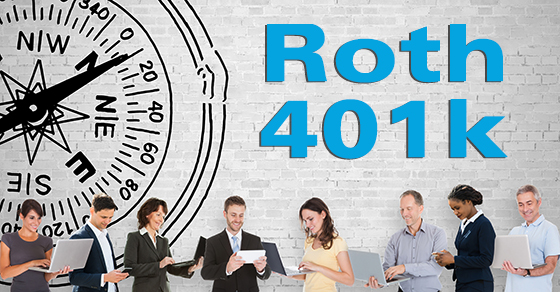Roth 401(k) accounts have been around for quite a while. But many employers still don’t offer them and many employees still don’t understand them. As the name implies, these plans are a hybrid — taking some characteristics from Roth IRAs and some from traditional employer-sponsored 401(k)s. When considering (or reconsidering) your retirement plan options, look into whether a Roth 401(k) would suit your employees.
Contribution limits
An employer with a traditional 401(k), 403(b) or governmental 457(b) plan can offer designated Roth 401(k) accounts. As with traditional 401(k) accounts, eligible employees can elect to defer part of their salaries to Roth 401(k) accounts, subject to annual limits. The employer may choose to provide matching contributions, but matching can go into only traditional accounts.
For 2019, a participating employee can contribute up to $19,000 ($25,000 if he or she is age 50 or older) on a combined basis to a Roth 401(k) and/or a traditional 401(k). The most someone can contribute to a Roth IRA for 2019 is $6,000 ($7,000 for those age 50 or older).
The ability to contribute to a Roth IRA is phased out for higher-income taxpayers, but there’s no such restriction for a Roth 401(k). This can make Roth 401(k)s particularly attractive to employees with higher incomes who’d like to take advantage of Roth benefits.
Pluses and minuses
Employee contributions to Roth 401(k) accounts are made with after-tax dollars, instead of pretax dollars. Therefore, employees forfeit a key traditional 401(k) tax benefit.
On the plus side, after an initial period of five years, “qualified distributions” from a Roth 401(k) are 100% exempt from federal income tax, just like qualified distributions from a Roth IRA. In contrast, traditional 401(k) distributions are taxed at ordinary-income rates, currently as high as 37%.
In general, qualified distributions are those made after a participant reaches age 59-1/2, or made because of death or disability. Therefore, employees can take qualified Roth 401(k) distributions after age 59-1/2 and pay no tax, as opposed to the hefty tax bill that may be due from traditional 401(k) payouts.
And unlike traditional 401(k)s, which generally mandate required minimum distributions (RMDs) after age 70-1/2, Roth 401(k)s have no RMDs (except for beneficiaries who inherit them).
Popularity increasing
Data indicates that the popularity of Roth 401(k)s is increasing. For example, survey results released by global consultancy Willis Towers Watson earlier this year revealed that 70% of responding employers now offer Roth features within their 401(k) plans. That’s a notable rise from results of the firm’s earlier surveys — namely, 46% in 2012 and 54% in 2014. We can help you further explore the benefits, risks and overall feasibility of adding a Roth 401(k) to your benefits lineup.


